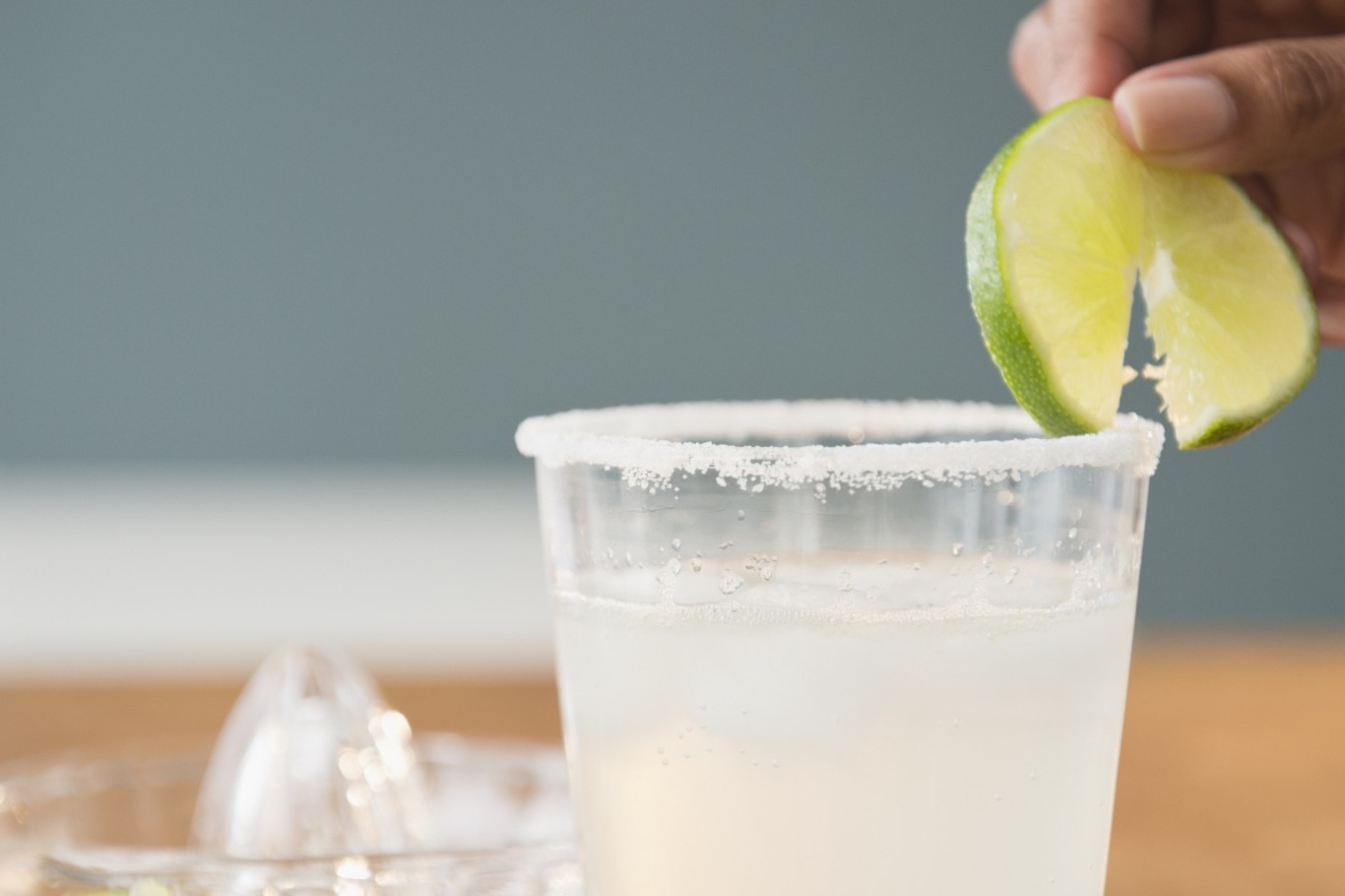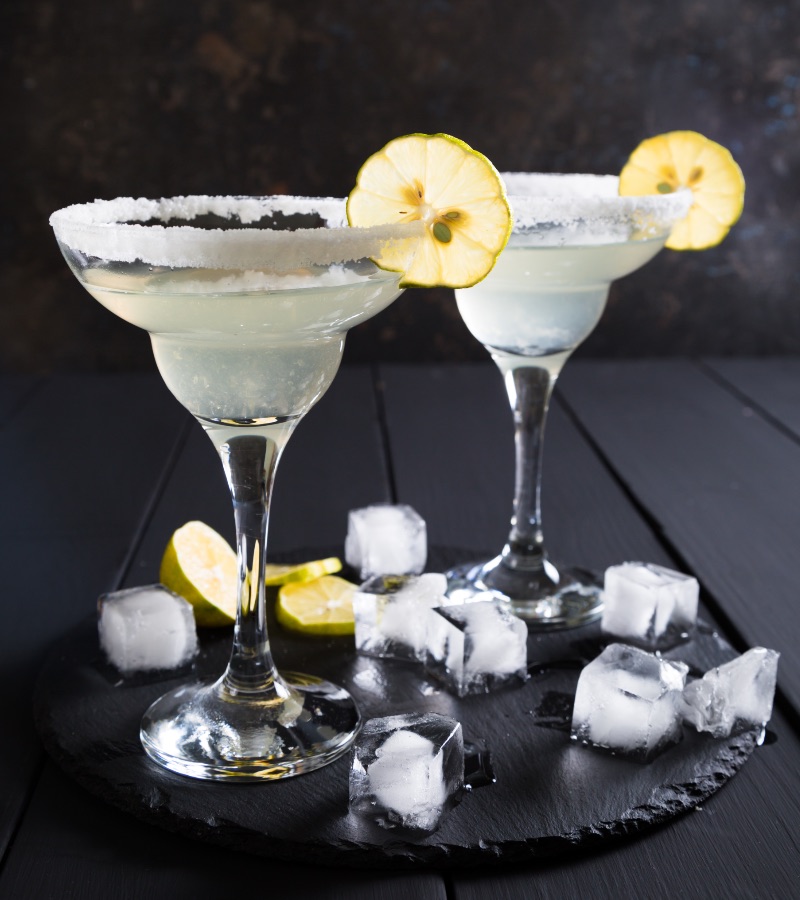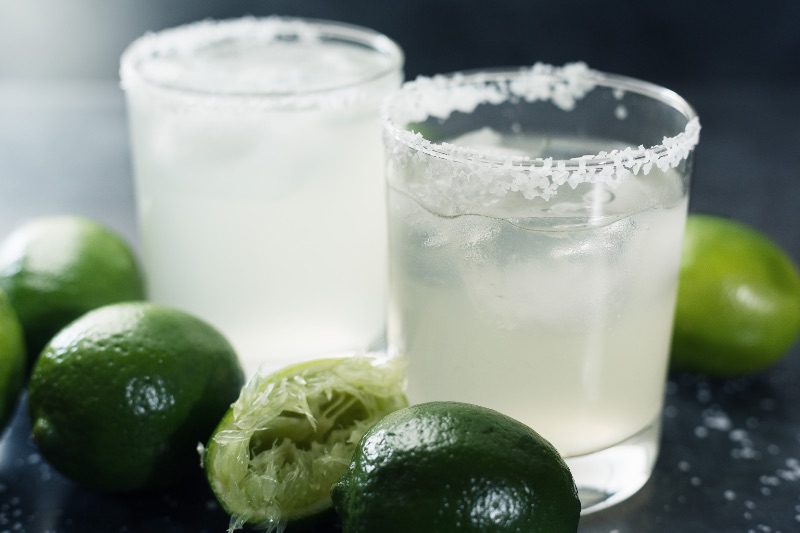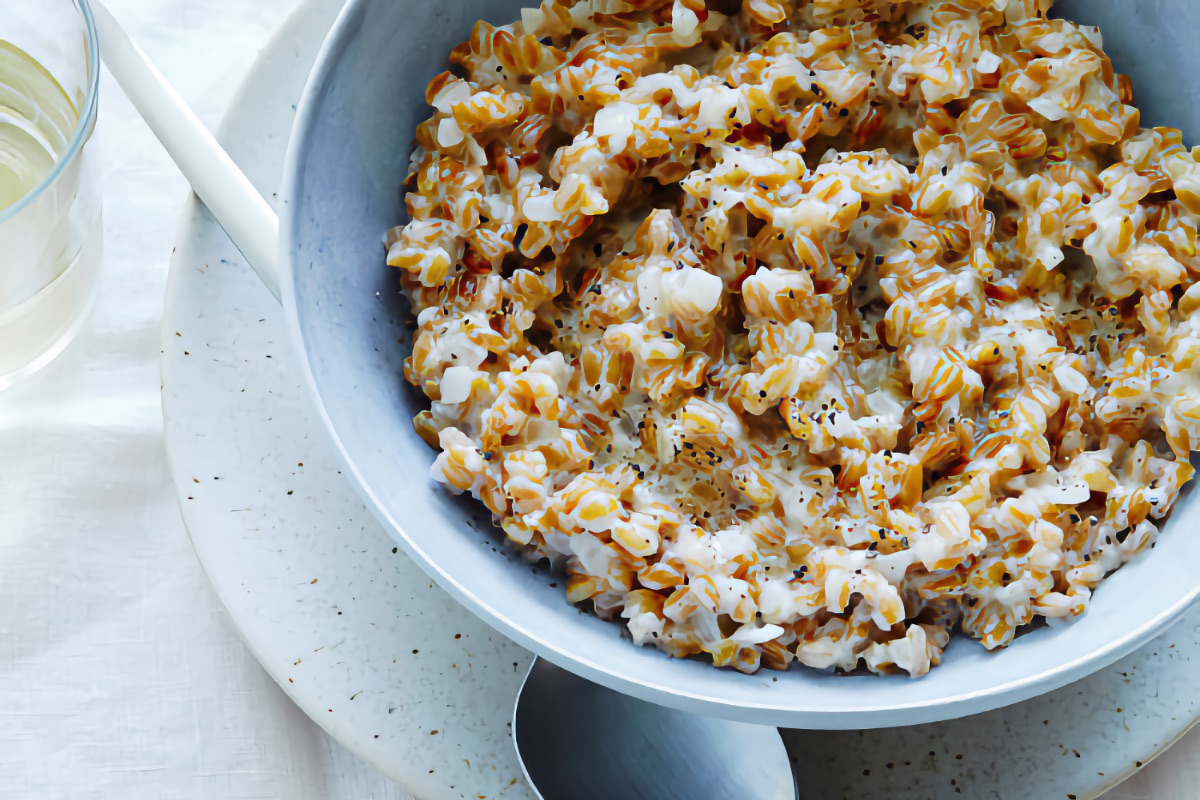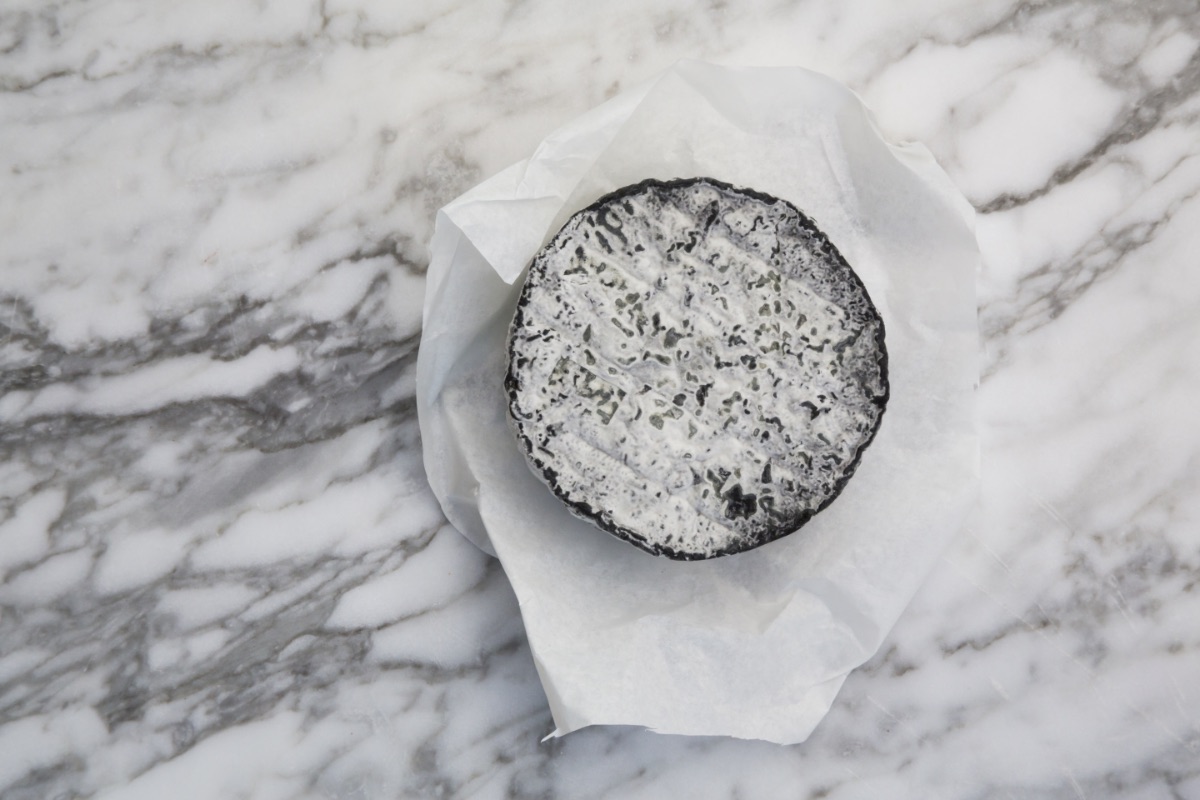The margarita is a hard drink to mess up. It’s tequila and lime juice, with a splash of orange liqueur, either Curaçao or triple sec. Proportions vary and there’s no one golden rule, but chef Maycoll Calderón likes the ratio 1 to 1:¼. Calderón, who is best known for his Mexico City restaurant Huset and L.A.'s seafood-driven Tintorera, has a go-to recipe. At Tintorera, he shakes 2 oz. of lime juice, 2 oz. of tequila, and ½ an ounce of triple sec.
But if margaritas are so easy to make, why have so many of us had cloyingly bad ones?
The answer comes down to ingredients. With such an elemental drink—relying on a trifecta of just three ingredients—choosing an inferior addition anywhere will perceptibly lower the entire experience. So, on this National Margarita Day (look it up, y’all, it’s a real holiday), here are seven mistakes to avoid when making your margs:
1. Using anything other than 100% agave tequila.
As a spirit, tequila has been unfairly maligned as the bringer of hangovers. Tequila, it as it turns out, is kind of like Champagne: the term is strictly regulated. To legally sport "tequila" on a label, the liquor within must be made from 100% agave azul, or blue weber agave. “That’s the varietal,” says Joe Valdovinos. He’s bar manager at Salazar in L.A.’s Frogtown neighborhood.
“When people say, ‘Oh, I used to get headaches, I got super wasted that one time,’ odds are, it was mixto,” Valdovinos says. “It only has to be 51% tequila.” A product is legally bound to say if it’s mixto, so you have to read the fine print. The other 49% can be anything—usually a “neutral cane spirit,” which means fermented sugar cane, often cut with corn syrup and additives. Hello, hangover.
2. Not paying attention to how the tequila was made.
Using 100% agave tequila is just the start. If you really want a true, traditionally made margarita, Valdovinos says, you need to get the kind of tequila that’s been crushed with a tajona wheel. It’s historically the way that the spirit has been distilled, using a heavy stone wheel to extract the juices from agave. Although the autoclave method—basically a giant pressure cooker—is the contemporary preference, taking hours instead of days, the tajona method has been making comeback in recent years as the market for higher price point tequilas has been expanding. The brand Fortaleza, he says, adheres to the tajona style and is his go-to pick for the most affordable brand of really good tequila. “The owners have been making tequila for five generations,” he says. “It’s hands down the easiest choice.”
3. Using diluted or sweetened lime juice.
We know everyone is busy, and store-bought lime juice works in a pinch, but juicing a fresh one will only take a few seconds of your time!
4. Forgetting the curaçao or triple sec.
Some recipes opt to leave it out altogether—Valdovinos, for example, subs it with agave syrup instead. But Maycoll Calderón thinks it adds an X factor that’s hard to describe—but apparent. “Lime is too aggressive sometimes, so you need to round out that acidity,” he says. “When you’re making your margarita, try it with just the lime and tequila. And then try it with the curaçao. You’ll notice the difference.”
5. Using crushed ice.
The ice you use matters: the bigger the cubes the better, preferably made with filtered water. If you want to really elevate your drinks, use good ice. “Nowadays, ice is critical in mixology and cocktails,” Calderón says. “It seems stupid, and people don’t realize the importance of it. But you have to invest money into getting great ice. In Mexico, at Huset, we have a company that does all our ice and we get it delivered. At Tintorera, we invested in an expensive ice machine—it looks like a robot, it’s huge.” He recommends getting silicone molds or large ice trays if you’re making margaritas at home, and using filtered or bottled water so that your cubes are crystal clear. And, in general, the larger the blocks of ice, the better. Valdovinos agrees. “I want to sip on a drink for at least ten minutes and have it taste the same way,” he says. You can’t achieve a consistent drinking experience with crushed ice that dilutes quickly.
6. Discounting the *crucial* importance of salt.
And we’re not just talking on the rim. Valdovinos adds a pinch of salt even into his simple syrups. “Salt, in general, punches up flavors,” he says. “99% of my simple syrups and cocktails have salt. The lime will be more lime, the sugar will be more sweet, the alcohol will be more punchy.” And use a good salt too: at Salazar, Calderón and his team grind their own sea salt and put it in the oven to dry off any residual humidity. He prefers sea salt because the sodium level is lower, and it’s less cloying than processed, iodized salt.
7. Not having fun shaking it.
While there’s nothing wrong with stirring per se, you’re at another level when you buy your first cocktail shaker. The act of shaking a drink together with ice not only gets all of the ingredients cold, it aerates the drink. “This way, when you serve it, you feel the cocktail to be lighter than usual,” says Calderón. It’s that additional je ne sais quoi that makes drinks at bars seem better than at home.
Finally, a note on what type of tequila you’re opting to use: most margaritas are made with an unaged tequila blanco, which is quite neutral in flavor. While you can of course use a more aged, caramel-like reposado, or a one-year-old anejo, these are more traditionally reserved for sipping. “Blanco has a more complex, citrus, floral, vegetal, and mineral flavor,” says Valdovinos. “The reposado, on the other hand, has been aged in some type of oak for at least two months. Those notes will be a little bit more vanilla, oak, chocolate, coffee. For me personally, I love using a blanco for my tequilas.”
This article was written by Gowri Chandra from Food & Wine and was legally licensed through the NewsCred publisher network. Please direct all licensing questions to legal@newscred.com.


